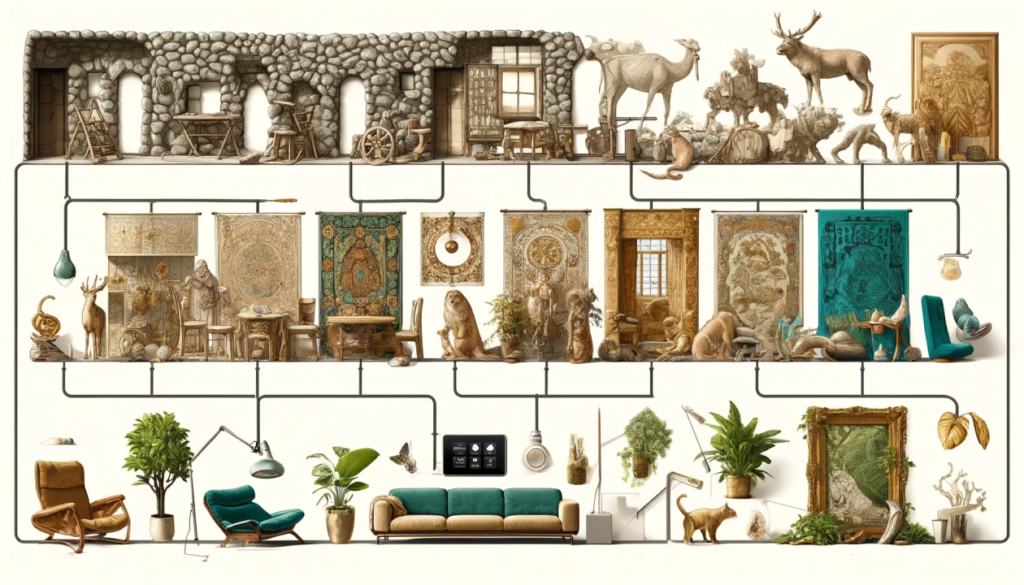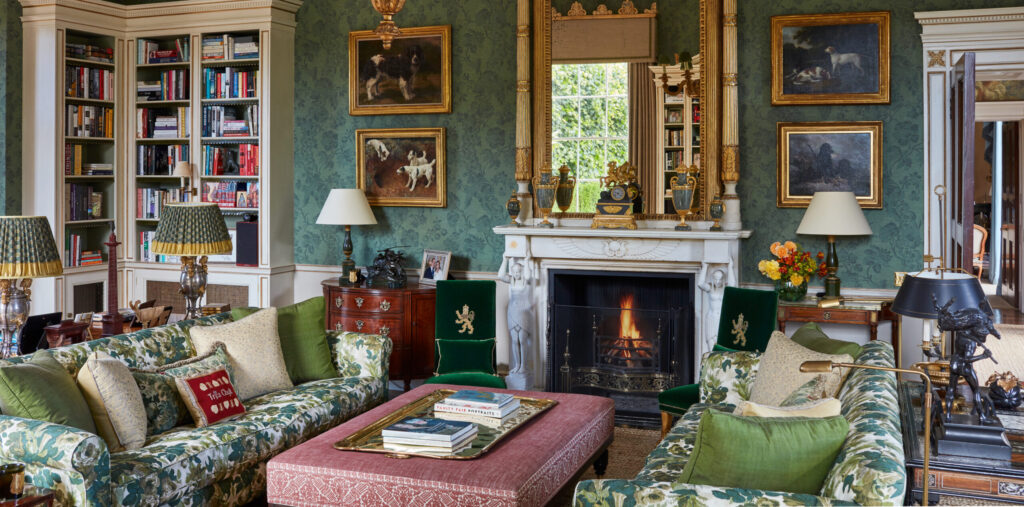The world of design is a captivating tapestry woven with threads of history, culture, and innovation. One of the most intriguing aspects of design is the revival of vintage aesthetics that continue to inspire modern designers. In this exploration, we delve into the rich history of vintage items, tracing their origins through various historical eras and examining the enduring influence they exert on contemporary design.
Ancient Times: The Birth of Timeless Elegance
Our journey begins in ancient times, where craftsmanship and artistry flourished in civilizations such as Mesopotamia, Egypt, and Greece. These ancient cultures prized beauty and functionality, creating timeless artifacts that continue to inspire awe today. From intricately carved furniture to ornate pottery, the designs of antiquity reflect a reverence for symmetry, balance, and proportion that still resonates with modern sensibilities.

The Renaissance: A Rebirth of Creativity
The Renaissance era ushered in a period of profound cultural and artistic transformation, marked by a renewed interest in classical aesthetics and humanism. Artists and craftsmen of the Renaissance drew inspiration from the art and architecture of ancient Greece and Rome, infusing their creations with a sense of grandeur and elegance. The rich tapestries, elaborately carved furniture, and exquisite tapestries of this era embody the spirit of Renaissance design, blending opulence with refinement in a manner that continues to captivate contemporary designers.
The Victorian Era: Opulence and Ornamentation
The Victorian era, spanning from the early to late 19th century, was characterized by a fascination with ornamentation and excess. Influenced by the eclectic tastes of Queen Victoria and the Industrial Revolution, Victorian design encompassed a wide range of styles, from Gothic Revival to Arts and Crafts. Intricately carved furniture, elaborate textiles, and ornamental details adorned homes and interiors, reflecting the prosperity and refinement of the period. While the Victorian aesthetic may appear ornate and ostentatious by today’s standards, its emphasis on craftsmanship and attention to detail remains a source of inspiration for modern designers seeking to infuse their creations with a sense of luxury and decadence.
Art Deco: The Dawn of Modernism
The early 20th century saw the emergence of Art Deco, a design movement characterized by sleek lines, geometric patterns, and luxurious materials. Influenced by the machine age and the avant-garde art movements of the time, Art Deco embraced technology and innovation while celebrating the glamour and sophistication of the Jazz Age. From skyscrapers to furniture, jewelry to fashion, Art Deco design epitomized the spirit of modernity and elegance, setting the stage for the sleek and streamlined aesthetics that define contemporary design.
Mid-Century Modern: A Celebration of Simplicity

In the post-war era of the 1950s and 1960s, Mid-Century Modern design emerged as a reaction against the excesses of the previous decades. Characterized by clean lines, organic forms, and minimalist aesthetics, Mid-Century Modern sought to bring beauty and functionality into everyday life. Designers such as Charles and Ray Eames, Eero Saarinen, and Arne Jacobsen created iconic furniture pieces that are still coveted by collectors and designers today. The timeless appeal of Mid-Century Modern design lies in its emphasis on simplicity, functionality, and innovation, making it a perennial favorite among modern designers seeking to create spaces that are both stylish and livable.
From the timeless elegance of ancient civilizations to the sleek sophistication of the modern era, the history of vintage items is a testament to the enduring power of design to inspire, delight, and enrich our lives. By drawing upon the aesthetics of the past, modern designers continue to create spaces and objects that transcend time and trends, embodying the timeless beauty and innovation that define the best of design. As we look to the future, let us continue to draw inspiration from the rich tapestry of history, weaving together the threads of the past to create a more beautiful and harmonious world.
